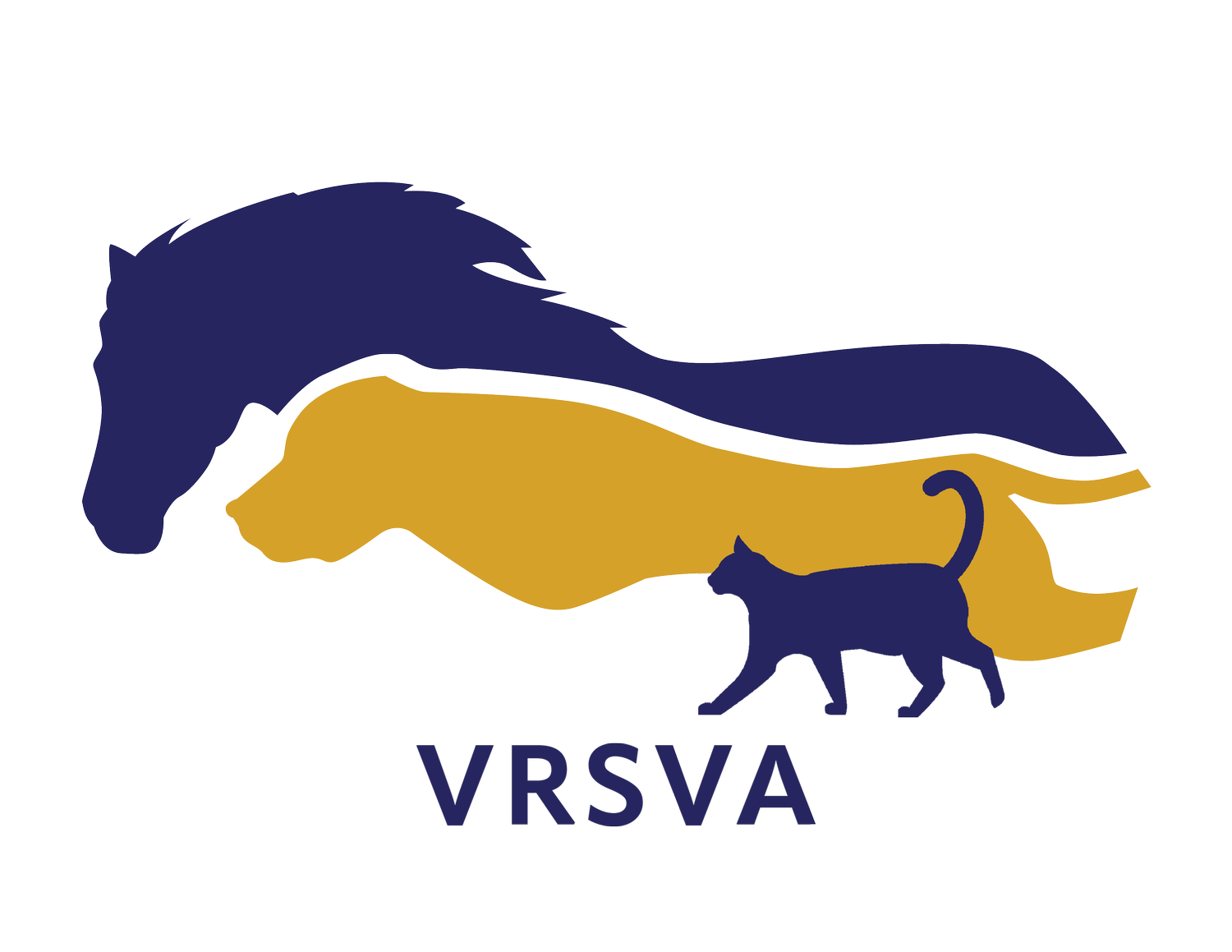Importance of Physical Therapy for Aging Animals
As animals age they often develop some degree of musculoskeletal degeneration which can lead to pain, decreased joint mobility, and muscle loss. This can present as a slowing down and decrease in an animal’s physical activity. Dogs and cats can have difficulty getting around the house. They may avoid walking on hard floors, moving up and down stairs, and can also develop difficulty posturing to urinate or defecate. These animals spend more time laying down and resting. Horses may avoid hills or uneven terrain, and will use less of their pasture. They spend more time standing still or laying down. This decreased physical activity can actually worsen an animal’s condition and increase their discomfort. Animals can quickly head down a spiral of worsening joint stiffness, muscle loss, weight gain/loss, and ultimately increased pain. An animal’s quality of life can quickly start to decline.
So, how can we intervene? How can we slow this cycle and keep our animals happier and more comfortable through these aging years?
PAIN MANAGEMENT
Pain management is one of the biggest goals of physical therapy. There are multiple methods used for improving comfort, each working on different parts of the pain pathway. Often, the highest rate of success is seen when combining these modalities.
Aquatic therapy is particularly helpful for senior animals, as the water provides buoyancy and gentle massage. Buoyancy decreases stress on joints and allows animals to exercise with less pain.
Class IV laser therapy is used to help warm tissues and improve suppleness.
PEMF (pulsed electromagnetic field) therapy helps release endorphins and decrease pain.
Acupuncture, chiropractic and gentle massage can improve stiff and sore areas and improve overall comfort.
Supplements and prescription medications are available that may support your animal’s joint health and overall comfort.
IMPROVING STRENGTH AND COORDINATION
Rehabilitation programs can work to relieve pain while also targeting at improving muscle strength and coordination. Muscle strength helps support the skeletal system and provides stability for the joints, which helps increase physical ability and activity. Working to improve balance and proprioception helps decrease the chance of fall-related injuries.
Underwater treadmill exercise improves muscle strength and coordination in a gentle, controlled way.
Physical therapy exercises tailored to the individual’s needs can drastically improve joint stability and strengthen weak musculature.
IMPROVING CIRCULATION
Circulation and blood flow typically decrease with age and with limited physical activity. Improving circulation helps aid in tissue health and repair, and improves overall musculoskeletal health.
Gentle exercise helps increase blood flow to the musculoskeletal system.
Acupuncture improves blood flow to injuries and improves overall circulation.
Laser therapy increases blood flow and improves cellular metabolism, speeding cellular turnover and removal of waste products.
PEMF (pulsed electromagnetic field) therapy improves blood flow through small capillaries.
Massage can help improve circulation to specific tissues.
MENTAL STIMULATION
Mental stimulation is often overlooked as our aging animals lay on the floor or stand alone out in the pasture. Typically as physical activity declines, so does cognitive stimulation. Behavioral issues and anxiety can develop as animals age. Finding exercises to engage the brain and encourage interaction in our older animals can also help improve quality of life.
Physical therapy exercises engage the brain and encourage interaction between owner and animal.
Exercise increases heart rate, which improves blood flow to the brain.
Exercise releases endorphins, which improve overall mood.
NUTRITION
Nutrition is important at all stages of life, but it is also important to recognize that nutritional needs change as animals age. Making sure to meet nutritional needs without overfeeding is important to maintaining a healthy body and weight. Obesity is common in older animals and provides extra stress on the musculoskeletal system, decreasing quality of life and often shortening life span.
Evaluating nutritional needs is an important part of a rehabilitation program. The needs of an aging or injured animal are often much different than those of a young, healthy animal.
A senior rehabilitation program always begins with a full evaluation to assess specific problem areas. A veterinarian evaluates the animals’ movement and palpates the body, assessing for areas of pain, tightness, swelling, decreased range of motion, and muscle loss. They assess the animal’s neurologic status and evaluate weight and nutrition.
A senior rehabilitation program is tailored to the individual animal and to the goals of the owner. Some animals may need a short jump start to reverse the downward spiral and to learn some exercises to implement at home. Some animals may need ongoing pain management, treatment, and reassessment. We are here to discuss your animal’s needs and to help them thrive into their golden years!
